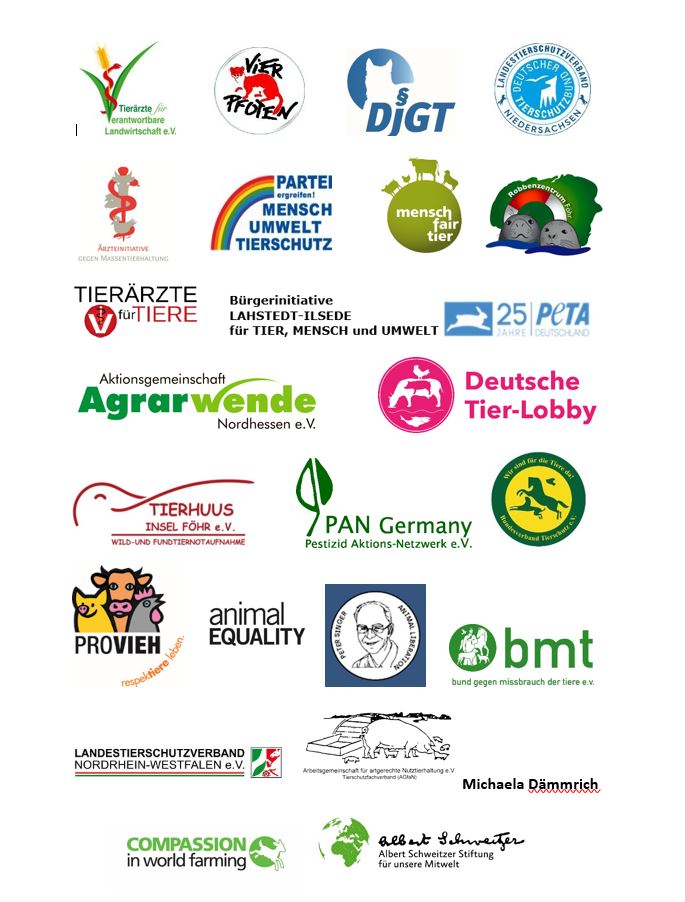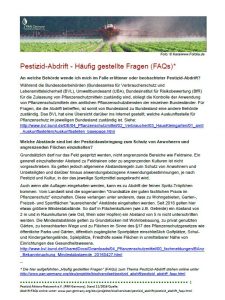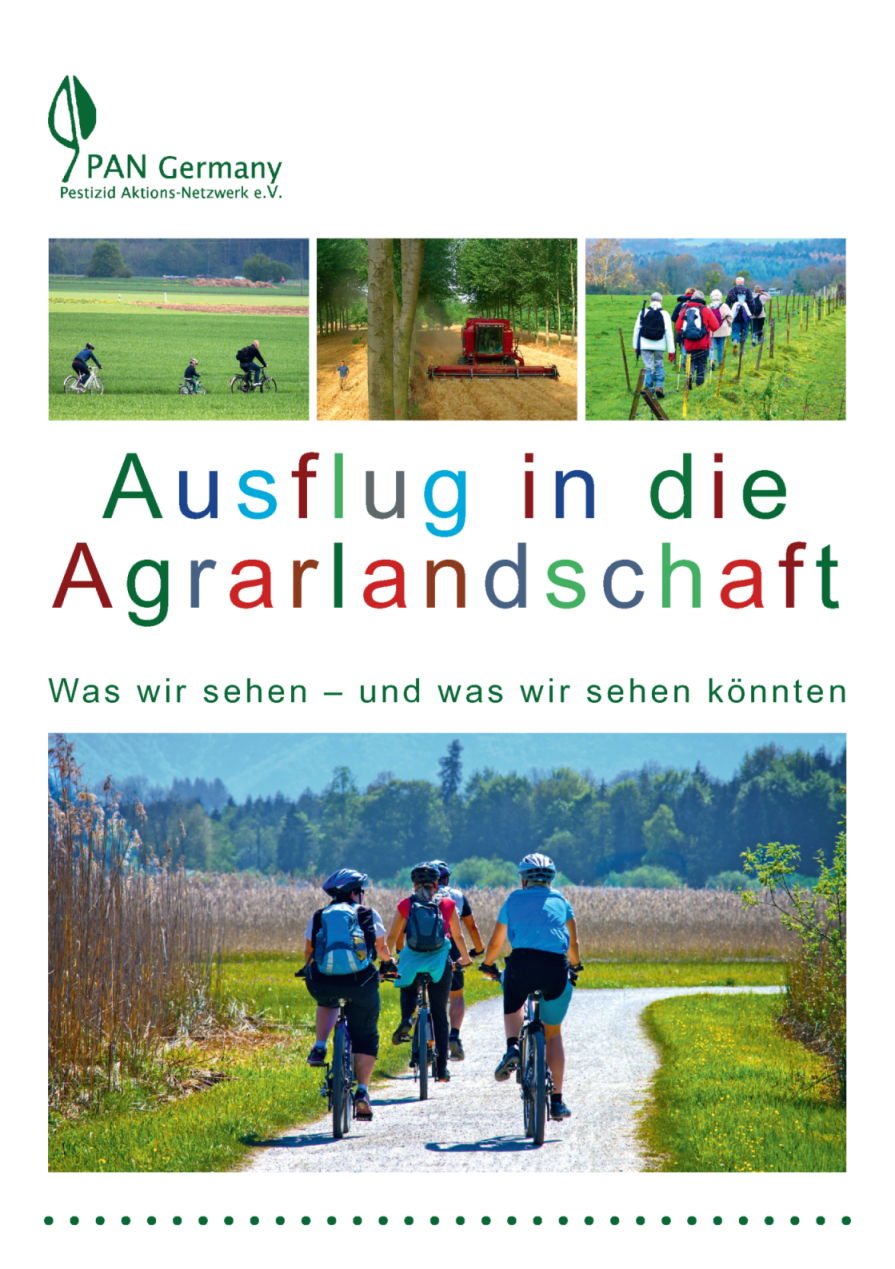Rechtliche Vorgaben zur Haltung von Muttersauen seit 28 Jahren ignoriert
Agrarausschuss des Bundesrates berät über die Fortsetzung der rechtswidrigen Haltungsform des Kastenstandes in der Schweinehaltung
Hamburg, 23.01.2019. Gemeinsame Pressemitteilung. Ein breites Bündnis aus über 20 Tier- und Umweltschutzverbänden fordert die Mitglieder des Agrarausschusses des Bundesrates auf, die Änderung der Tierschutz-Nutztierhaltungsverordnung (TierSchNutztV) zurückzuweisen und sich nicht an der Legalisierung tierquälerischer Haltungsbedingungen zu beteiligen und damit eine Verletzung des Staatsziels Tierschutz in Kauf zu nehmen, um rein ökonomische Interessen über den Schutz und das Wohlbefinden der Tiere zu stellen. Die Empfehlung des Ausschusses wird Grundlage für die finale Entscheidung der Bundesländer zum Verordnungsentwurf am 14. Februar im Bundesrat sein.
Nutztiere werden auf engstem Raum gehalten, weil in der Lebensmittelproduktion allein die Kostenminimierung zählt. Die konventionellen Haltungspraktiken werden den natürlichen Ansprüchen der Tiere nur unzureichend gerecht. Vielfach müssen Medikamente wie Antibiotika eingesetzt werden, um Defizite in der Haltung und im Management auszugleichen. „Der unkritische Einsatz von Tierarzneimittel birgt außerdem die Gefahr, Böden und Gewässer zu belasten und andere Lebewesen und Ökosysteme zu schädigen. Eine vorsorgliche Erhaltung der Tiergesundheit durch tiergerechte Haltungsbedingungen kommt also nicht nur der Verpflichtung des Tierwohls zu Gute, sondern führt außerdem zu einer Entlastung der Umwelt durch eine verantwortungsvolle Reduktion des Bedarfs an Tierarzneimitteln“, sagt Tamara Gripp, Referentin für Landwirtschaft und Umwelt von PAN Germany.
Bereits zum 30.05.1988 wurden rechtliche Anforderungen seitens des Gesetzgebers zur Haltung von Sauen geschaffen, die auch nach einer eingeräumten Übergangsfrist bis zum 31.12.1991 nicht durch die Sauenhalter eingehalten und durch die Kontrollbehörden flächendeckend ignoriert wurden. Durch das sogenannte „Kastenstandurteil“ des Bundesverwaltungsgerichtes (BVerwG) vom 08.11.2016 – 3 B 11/16 – wurde diese Rechtsverletzung höchstrichterlich bemängelt.
Kastenstände müssen derzeit so ausgestaltet sein, dass jedes Schwein – wie in der TierSchNutztV vorgeschrieben – ungehindert in Seitenlage die Gliedmaßen ausstrecken kann. Das Ausstrecken der Gliedmaßen in Seitenlage ist eine wesentliche Haltungsvoraussetzung, da Schweine nur in dieser Position in die Tiefschlafphase gelangen. Dies kann, so die Richter am BVerwG, nur sichergestellt werden, wenn die Breite des Kastenstandes der Widerristhöhe des Schweines entspricht oder es seine Gliedmaßen ohne Behinderung in die benachbarten leeren Kastenstände ausstrecken kann.
Statt nun eine tragbare Tierhaltung ohne Kastenstand umzusetzen, missachtet der Bundesgesetzgeber ein höchstrichterliches Urteil und beabsichtigt nun mit der anstehenden Änderung der TierSchNutztV, die Anforderung des „Ausstreckens der Gliedmaßen in Seitenlage“ zu streichen und den seit 01.01.1992 widerrechtlich bestehenden Kastenständen Übergangsfristen von weiteren 15 und mehr Jahren einzuräumen.
Diese beabsichtigte Änderung hat einen rein monetären Ansatz, ohne sich mit den tatsächlichen Bedürfnissen eines Schweines zu befassen, und stellt eine erhebliche Verschlechterung der Haltungssituation für die Sauen dar. Die wirtschaftlichen Interessen des Tierhalters finden nach der aktuellen Rechtsprechung des BVerwG ggf. dort ihre Grenzen, wo Belange des Tierschutzes betroffen sind (vgl. BVerwG, Urt. v. 13.06.2019 – 3 C 28/16 – Rn. 18).
Durch diese Änderung sollen die widerrechtlich genehmigten Kastenstände legalisiert werden. Dies verstößt jedoch eklatant gegen das Staatsziel Tierschutz aus Art. 20a GG und das damit verbundene Verschlechterungsverbot sowie gegen die verhaltensgerechte Unterbringung von Tieren gemäß § 2 Nr. 1 TierSchG.
Wie bereits in mehreren Stellungnahmen ausgeführt, ist nicht nur die vorgesehene Änderung der TierSchNutztV zum Kastenstand aus Tierschutzsicht völlig unzureichend. Vielmehr entspricht die Haltung von Sauen in Kastenständen grundsätzlich nicht den wissenschaftlichen Erkenntnissen der Verhaltensbiologie und ist somit als Ganzes als verfassungs- und tierschutzrechtswidrig einzustufen.
Zusammenschluss Tier- und Umweltschutzverbände

Kontakte:
 auch die Landwirtschaft tüchtig am Werk ist. Auf den Feldern fahren die Traktoren auf und ab. Besonders in dieser Zeit erhalten wir viele Anfragen von besorgten Spaziergänger*innen, Radfahrer*innen und Anwohner*innen zum Thema Pestizid-Abdrift.
auch die Landwirtschaft tüchtig am Werk ist. Auf den Feldern fahren die Traktoren auf und ab. Besonders in dieser Zeit erhalten wir viele Anfragen von besorgten Spaziergänger*innen, Radfahrer*innen und Anwohner*innen zum Thema Pestizid-Abdrift. Rund die Hälfte der Fläche Deutschlands wird als Agrarland genutzt. Mit etwas Hintergrundwissen kann das Wandern, Radeln, Zug- oder Autofahren durch die Agrarlandschaft zu einer spannenden Beobachtungstour hinter den Kulissen der industriellen Landwirtschaft und zu einer lebhaften Vorstellung von einer nachhaltigen Landwirtschaft werden. Dieses Büchlein beschreibt nicht nur, was wir in der Agrarlandschaft „sehen“ und was wir „nicht sehen“, sondern auch, was wir „sehen könnten“, wenn die Landwirtschaft klimaneutral, ökologisch verträglich sowie auch für die Landwirt*innen ökonomisch einträglich wäre. Begeben Sie sich mit dieser kleinen Lektüre mit ihren vielen Fotos und erläuternden Abbildungen auf einen Ausflug in die Agrarlandschaft. Ganz nebenbei schärfen Sie dabei Ihren Blick für aktuelle und kommende Debatten über die Zukunft der Landwirtschaft in Zeiten des Klimawandels und des dramatischen Artenverlusts.
Rund die Hälfte der Fläche Deutschlands wird als Agrarland genutzt. Mit etwas Hintergrundwissen kann das Wandern, Radeln, Zug- oder Autofahren durch die Agrarlandschaft zu einer spannenden Beobachtungstour hinter den Kulissen der industriellen Landwirtschaft und zu einer lebhaften Vorstellung von einer nachhaltigen Landwirtschaft werden. Dieses Büchlein beschreibt nicht nur, was wir in der Agrarlandschaft „sehen“ und was wir „nicht sehen“, sondern auch, was wir „sehen könnten“, wenn die Landwirtschaft klimaneutral, ökologisch verträglich sowie auch für die Landwirt*innen ökonomisch einträglich wäre. Begeben Sie sich mit dieser kleinen Lektüre mit ihren vielen Fotos und erläuternden Abbildungen auf einen Ausflug in die Agrarlandschaft. Ganz nebenbei schärfen Sie dabei Ihren Blick für aktuelle und kommende Debatten über die Zukunft der Landwirtschaft in Zeiten des Klimawandels und des dramatischen Artenverlusts.
